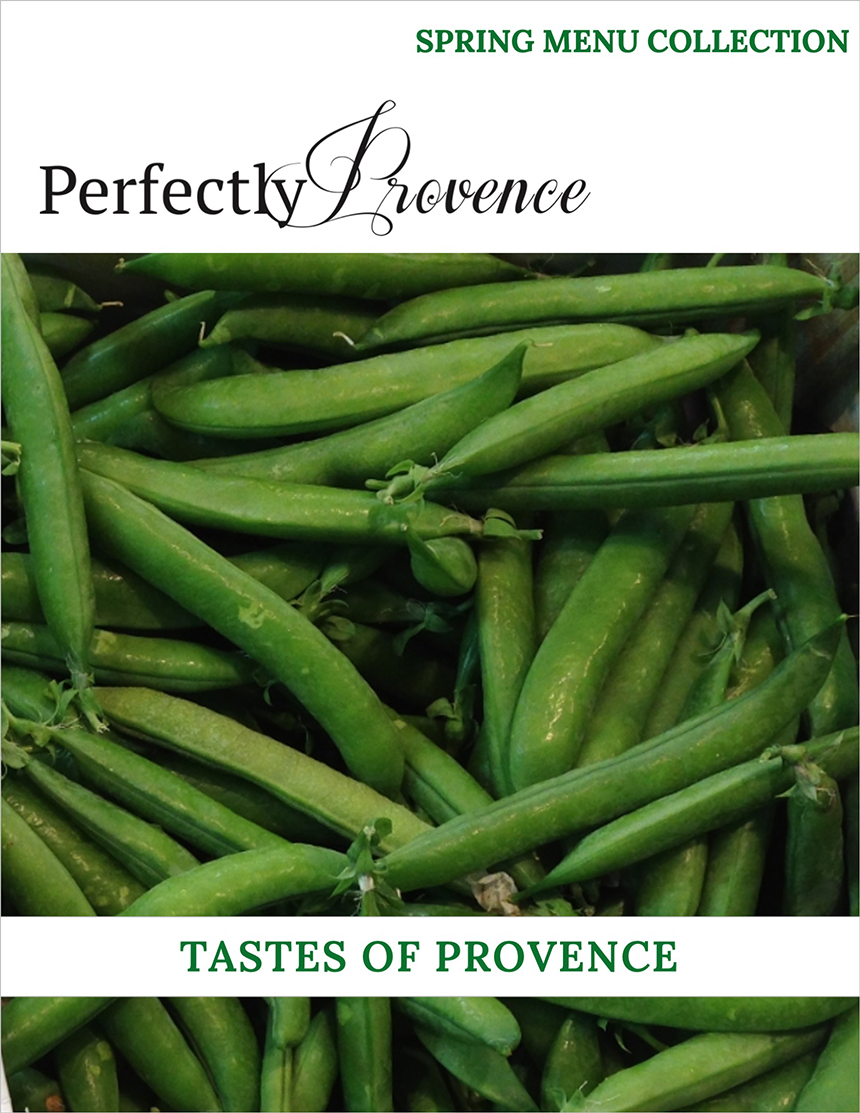Anticipation is what Nutmeg would call this blog post. The labour of love required to persuade grapevines to produce their fruit year after year is one for only the most patient individuals. Owning a vineyard and producing your own wine certainly sounds romantic, to those who might be desk or office-bound. However, the reality of the yearlong process is one of hard physical labour and working with what Mother Nature delivers.
Ginger and Nutmeg have certainly sampled their fair share (possibly more) of wine, while in Europe. They certainly do not pretend to be experts in the field of growing grapes, nor producing wine. There is no reason to dive into the specifics of viticulture in a blog post, as there are many experts who have written tombs on the subject. Instead, here are some ABCs around wine that will make you sound like an expert (or an idiot) and some fun facts.
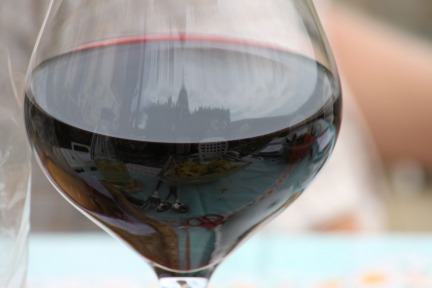
Ageing – Like the rest of us, the wine needs to age in order to improve its taste and complexity.
Barrel – Or in French, a barrique is used during the fermentation process. For some wines, the liquid is stored longer in order to incorporate the flavour from the barrels.
Cork – Obviously a bottle needs a seal to protect the liquid and let the ageing process continue for the wine. Natural cork comes from a Cork Oaktree. If harvested correctly, a tree will produce cork every ten years from 25-200 years.
Decanting – This process is not just for “cork dorks”. The methodology behind decanting is to allow the wine to breathe and to remove the sediment. Decanting is not just for red wine, some whites benefit from the practice, as well.
Ethanol – Is the alcohol produced by the sugar and yeast.
Fermentation – Begins when yeast is added to the grape juice, and the must in the case of red wine. The yeast and the sugar from the grapes produce the ethanol. There are two fermentation stages for wine.
Grapes – Without the precious fruit from the vines there would be nothing to drink. There are thousands of varieties, although only about 100 are commonly used in wine production.
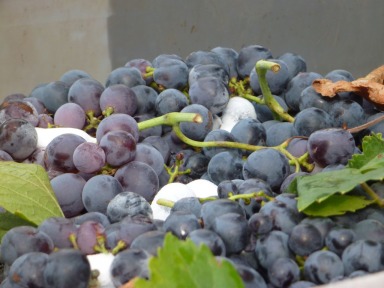
Heat – Other than during the grape growing season, when a bit of warmth is beneficial for the fruit to ripen, heat is generally extremely hurtful to wine. Too much heat often leads to cooked (spoiled) wine.
Imperiale – At six litres, this is one seriously hefty wine bottle. It is the equivalent of eight standard bottles. Do not drink one of these alone!
Juice – Squeezed from the grapes, stems and the skins.
K – Sounds like cave the French word for the area where the wine is made and/or stored.
Label – Or in French l’étiquette is the key to what is contained in the bottle: alcohol content, grape varieties, vineyard, year etc.
Must – Red wine is created from the pulp (must) of red or black grapes. The juice and the pulp stay together during fermentation.
Nose – You use your own nose to smell the bouquet of the wine. This also gives a strong clue as to whether the wine is acceptable to drink.
Oenology – The science around winemaking.
Pruning – This process typically occurs in the late fall, in some regions during the winter. The vines need to be pruned each year in order to continue to produce. This part of the cycle is essential and sensitive; the winemaker needs to make a judgment on how much to cut each year.
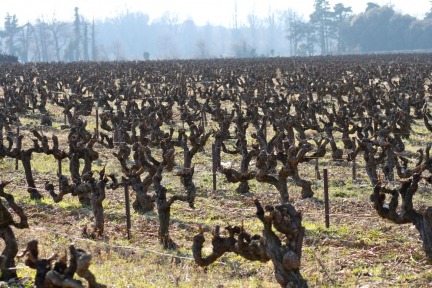
Quiet – The life of a vintner is never quiet. In the season after harvest, there is plenty of work to be done to sell the wine and prepare to restart the whole process again the following year.
Refractometer – A tool used by experts to determine the amount of sugar in the grapes.
Sugar – During the year as the grapes grow and darken the sugar level increases. The higher the level of sugar in the grapes at harvest the better.
Tannins – Found in grape skins, tannins give wine both flavour and body.
Ugni blanc – A French grape variety that has been grown since the middle ages. It is used for white wines.
Vendange – The French name for the harvest.
Weather – This is the least controllable and most critical aspect of wine production. The vines need the right amount of water, sun, moderate temperature and wind to produce quality grapes. The winemaker has some control, but at the end of the day, it is largely in the hands of Mother Nature.
eXtra Brut – The driest of champagne or sparklingly wine.
Yeast – Added to the grape juice in order to create the fermentation process.
Zzzz – The hard-working winemaker has a chance to rest for a few months early in the year.
So the next time, you pull out your tir bouchon to open a bio bottle from your cave think of the owner of the vignoble who worked all year tending their vignes in anticipation of a good recolte. Cheers! Enjoy the photos (click here) of the hardworking vines through the seasons.
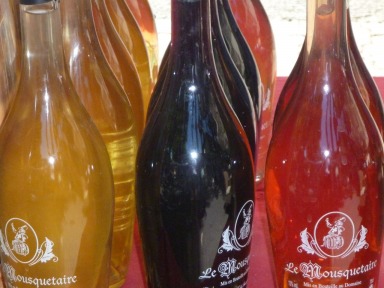
Food Travel Tags:
ABC Travel Lists, French Wines, Provencal Traditions, Provence Travel, Travel in France


